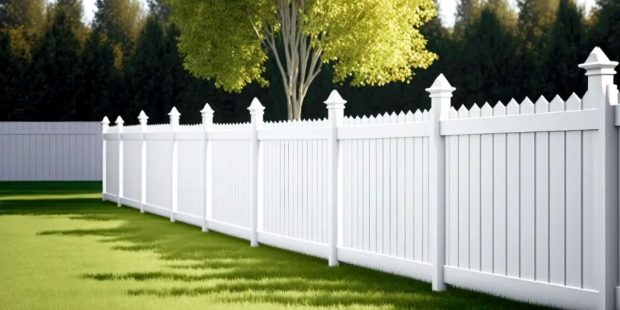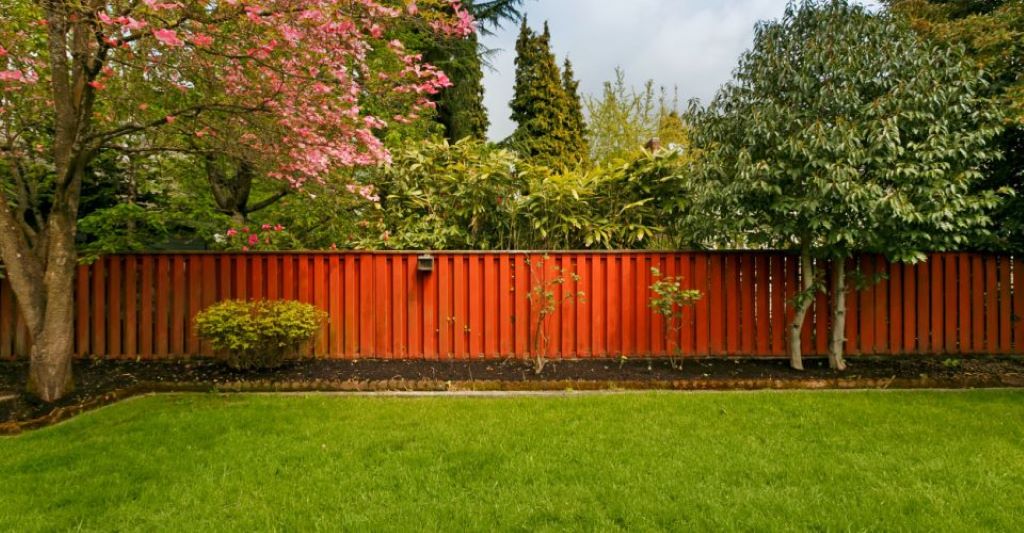
The size of your garden doesn’t have to be limited by its physical dimensions. With the strategic use of color on your fence, you can create the illusion of a much more expansive and inviting outdoor space. This article will delve into the color psychology and practical tips for choosing fence paint that visually “pushes back” the boundaries of your garden.
Understanding How Color Impacts Perception
Before we dive into specific colors, it’s important to grasp the fundamentals of how color influences our perception of space.
- Light vs. Dark: Lighter colors reflect more light, making surfaces appear farther away. This is why a white room often feels more spacious than a dark one. The same principle applies outdoors.
- Warm vs. Cool: Warm colors (reds, oranges, yellows) tend to advance, while cool colors (blues, greens, purples) recede. Cool colors can create a sense of depth and distance in your garden.
- Intensity: Highly saturated or bright colors can draw the eye and make a space feel more confined. Muted or softer shades tend to blend into the background, allowing your garden to take center stage.
The Best Fence Colors for a Bigger Garden
- White: This classic choice is a go-to for a reason. White reflects the most light, making your fence visually “disappear” and allowing your plants to stand out. It also creates a clean, fresh backdrop that complements any garden style.
- Off-White and Cream: If pure white feels too stark, consider off-white or cream tones. They offer the same space-expanding benefits with a touch of warmth and subtlety.
- Pale Blue and Lavender: These cool colors create a calming atmosphere and have the illusion of receding. They can evoke a sense of open sky and distance. Soft blues and lavenders pair well with flowering plants and greenery.
- Soft Green: Green naturally blends with the foliage in your garden, blurring the boundary between the fence and the plants. Opt for lighter greens like sage or moss for the most effective illusion.
- Gray: While not as reflective as white, a light gray can still make a space feel larger, especially when paired with vibrant plant colors. It offers a modern, sophisticated look.
Related: The Diverse Plants of Ontario
Important Considerations
- Your Garden’s Style: Choose a color that complements your existing garden aesthetic. A modern, minimalist garden might suit a cool gray, while a cottage garden might benefit from a pale lavender.
- Sun Exposure: Consider how the sunlight will affect your chosen color. Some colors may appear washed out in bright sun, while others might intensify.
- Neighboring Colors: Think about the colors of your house, shed, or other structures in the garden. Aim for harmony, but don’t be afraid to experiment. Contrasting colors can add visual interest.
- Maintenance: When designing your outdoor space, keep in mind that lighter colors may show dirt and wear more readily than darker shades. Be prepared for more frequent touch-ups if you choose white or a very pale color.
This consideration is especially crucial in labyrinth garden design, where every element’s upkeep contributes to the overall tranquility and allure of the space. For more inspiration on creating a labyrinth garden, visit https://cherryblossomlife.com/garden-decor-ideas/labyrinth-garden/.
Additional Tips
- Strategic Planting: Tall plants placed near your fence can help obscure it and create an illusion of greater depth. Vines or climbers on the fence can also soften its appearance.
- Horizontal Lines: If your fence has horizontal panels, consider painting them in slightly different shades of the same color. This can trick the eye into perceiving greater distance.
- Mirrors: Strategically placed mirrors can reflect light and greenery, making your garden feel even larger and more open.
Conclusion
Choosing the right fence paint color is a simple yet impactful way to transform your garden. By understanding the principles of color psychology and considering the unique features of your outdoor space, you can create a beautiful, expansive garden that feels much larger than it really is.

